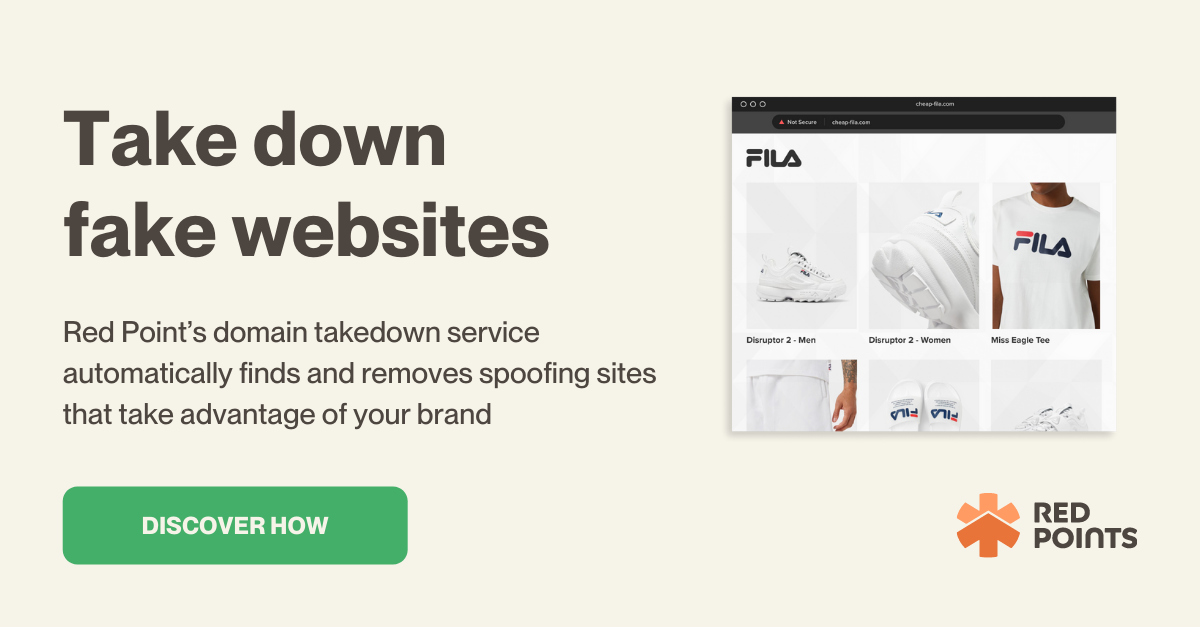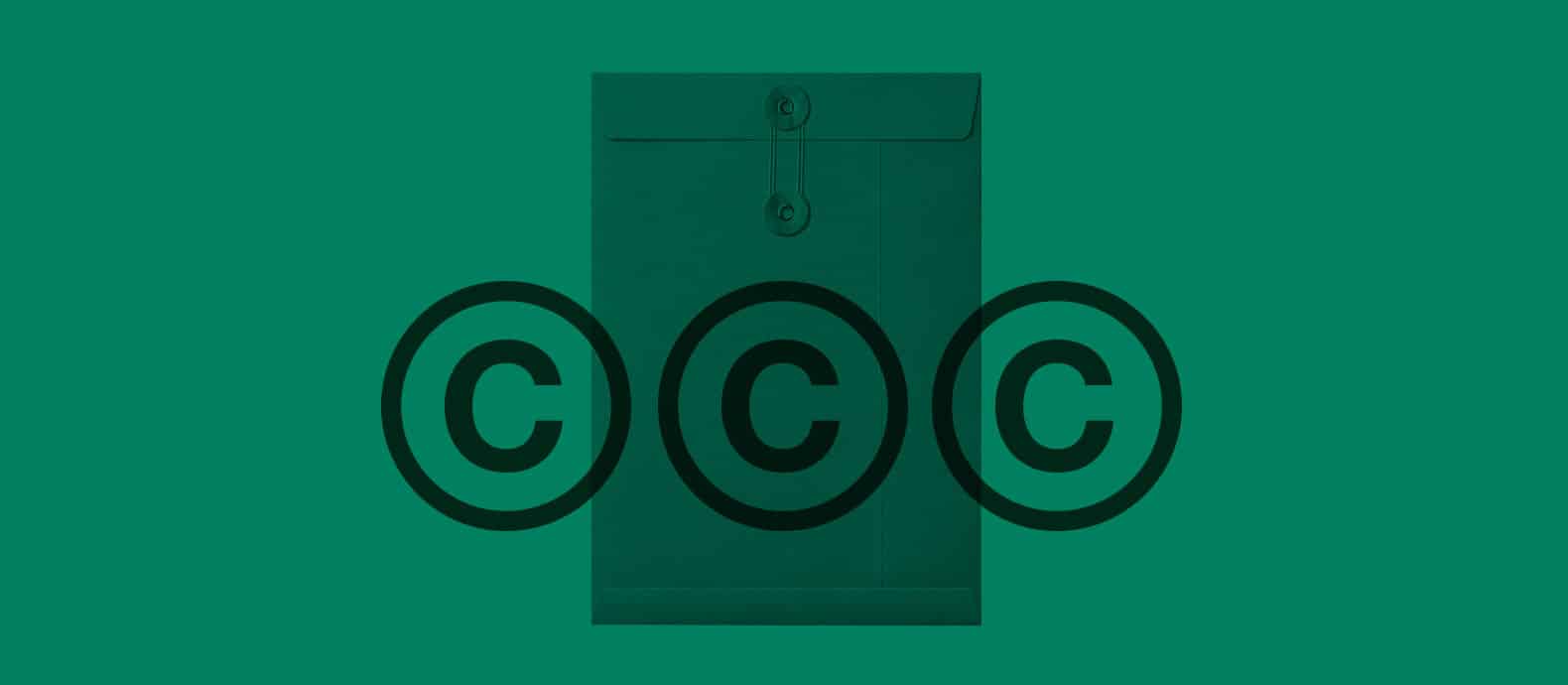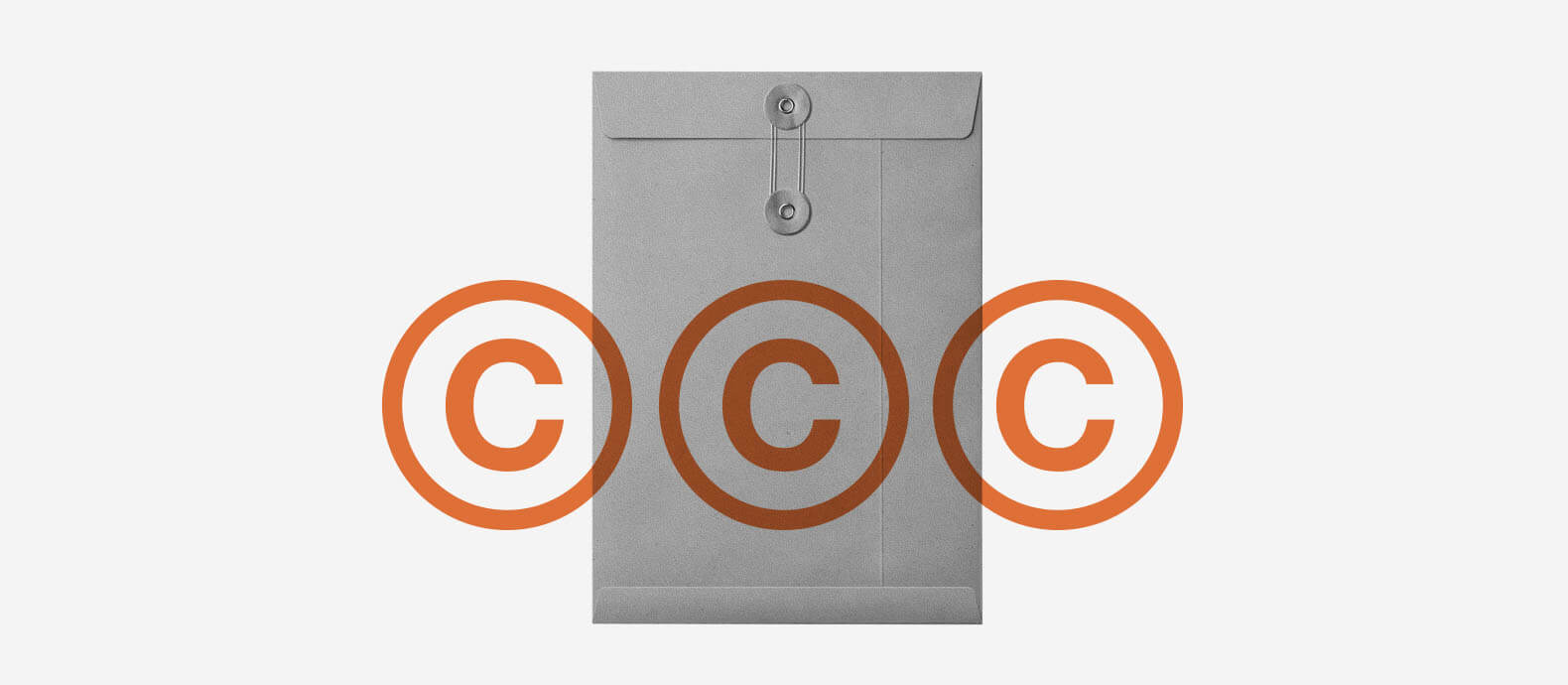Ecommerce platforms like Shopify have revolutionized the way we shop, offering convenience and variety at our fingertips. However, this convenience has also opened the door for bad actors to exploit these platforms, selling counterfeit goods and impersonating legitimate brands. These fraudulent activities can tarnish your brand’s reputation, deceive your loyal customers, and impact your bottom line.
As a business owner, it’s essential to know how to tackle these issues head-on. In this comprehensive guide, we will walk you through the process of reporting a Shopify store that infringes on your brand, so that you can protect your business and maintain customer trust.

Why should you report a Shopify store?
Reporting a Shopify store that infringes on your brand is essential for several reasons.
To protect your brand reputation
Counterfeit goods and brand impersonation can severely damage your brand’s image and credibility. When customers receive fake products, they often associate the poor quality with your brand, leading to negative reviews and a tarnished reputation.
To prevent customer deception
Fake stores mislead customers into thinking they are purchasing genuine products. This not only results in dissatisfied customers but can also lead to a loss of trust in your brand. Once customers feel deceived, regaining their trust can be incredibly challenging.
For legal compliance
Addressing counterfeit products means you comply with intellectual property laws. Failing to act against infringers can sometimes be seen as a lack of interest in protecting your IP, which could weaken your legal position in future disputes.
To maintain revenue
Counterfeit goods can divert sales from your legitimate products, impacting your revenue. Every sale of a counterfeit product is a lost sale for your genuine products, directly affecting your business’s profitability.
Due to safety concerns
Fake products, especially cosmetics, electronics, or pharmaceuticals, can pose significant safety risks to consumers. It’s important to ensure that only genuine products are available to protect your customers from potential harm.
Shopify’s policies explained
Shopify has strict policies against impersonation and counterfeit goods to maintain the platform’s integrity.
- Prohibited items: Shopify explicitly bans the sale of counterfeit goods and any items that violate intellectual property rights. This includes products that infringe on trademarks, copyrights, and patents.
- Brand protection: Shopify’s policies support brand owners in taking action against stores selling fake or unauthorized products. The platform encourages legitimate brand owners to report infringements so that appropriate actions can be taken.
- Reporting processes: Shopify provides a structured process for reporting violations, helping brands take action against infringing stores. They have dedicated resources to handle these reports and aim to resolve them efficiently to protect both shoppers and legitimate businesses.
How to detect Shopify stores infringing on your brand
Identifying a fraudulent Shopify store is the first step in the reporting process. While many bad actors have become skilled at creating product listings and images that look very similar to the real deal, there are some common signs to look out for that are good indicators of a counterfeit listing.
1. Domain name impersonation
Scammers often register domain names that are very similar to yours in order to deceive customers. A recent trend involves using the brand name along with a country, such as ‘pumafrance.com’. Another deceptive technique is using letters from other alphabets that look very similar to ours, making it easy for customers to mistake these fake websites for legitimate ones at first glance. However, scammers can also use completely unrelated domain names to impersonate your website, making it difficult to detect, especially if these fake websites are not indexed.
2. Suspiciously low prices
If the prices are significantly lower than the market rate, it could mean you’re looking at counterfeit goods. Genuine products have production costs that counterfeiters often ignore, allowing them to sell at much lower prices.
3. Poor website design and grammar
Fake stores often have poorly designed websites with numerous grammatical errors. These stores typically do not invest in professional web design or copywriting, resulting in subpar user experiences that would not be expected from a legitimate brand.
4. Unauthorized product images
Using stock images or images taken directly from an official website without permission is a clear sign that the store is not authorized to sell the products.
5. Customer reviews
Look for negative reviews or complaints about the authenticity of the products. Dissatisfied customers often leave reviews that can help you identify infringing stores.
6. Missing contact information
Legitimate stores usually have clear and accessible contact information. Fake stores often avoid providing legitimate contact details to evade accountability.
7. Monitor social media ads
A common evasion technique used by bad actors is to create fake Shopify stores and not index them. So how do they bring traffic to their websites? They use social media ads. Meta has a library where you can search by keywords and find potential infringing ads pointing to these websites. Although the best solution would be to report the site, it is often faster to take down the ad to cut off the traffic source.
Here’s an example of a multi-brand Spotify store selling fake Burberry joggers. They are listed for much less than the original, with only one product photo and no modeled photos as the authentic website uses. The product description is short and not particularly informative, and the product title is incorrect, proving that this is not an authorized Burberry seller. Another thing to note is the random name of the website, a common practice among counterfeiters.
Shopify website selling counterfeits:

Original:

How to report a Shopify store
Follow these steps to report a Shopify store that’s infringing on your brand.
- Gather evidence
Collect all necessary evidence, including screenshots of the infringing store, URLs, and any communication with the store. Make sure that you document everything meticulously as this will strengthen your report.
- Visit Shopify’s reporting page
Go to the Shopify Help Center and navigate to the “Report a merchant” section. Shopify provides a user-friendly interface for reporting violations.

- Fill out the report form
Select Trademark Infringement, Copyright Infringement, or whichever issue you think is most relevant to your report. Make sure you are logged in and provide detailed information about the infringement, including your brand’s intellectual property rights and the evidence collected. Be as specific as possible to help Shopify understand the nature of the infringement.

- Submit the report
Once you have filled out the form, submit it for Shopify’s review. After submitting, you should receive a confirmation email acknowledging receipt of your report.
After you report: What to expect
Once you have submitted your report, Shopify will review the information and take appropriate action.
- Acknowledgment: You will receive an acknowledgment of your report submission. This confirms that Shopify has received your complaint and will begin the review process.
- Investigation: Shopify will investigate the claim, which may involve contacting you for further information. They may require more documentation or clarification to move forward with the investigation.
- Action: If the store is found to be infringing, Shopify will take actions such as removing the counterfeit listings or shutting down the store.
- Follow-up: You may receive follow-up communication from Shopify regarding the outcome of your report. They will inform you if any action has been taken and may provide further guidance on how to prevent future infringements.
When to consider a domain takedown solution?
For brands facing widespread issues with counterfeit goods and impersonation across multiple websites, a domain takedown solution is a more effective way than manually scanning sites. Red Points Domain Takedown services monitor and address infringements across numerous platforms, including Shopify. This gives you the peace of mind that your brand is protected on all fronts.
The service streamlines the process of identifying and taking down infringing websites, using advanced technology and expertise to quickly identify counterfeit or piracy websites and take action. And while we can handle everything from detecting to removing fraudulent listings, Red Points also offers specialized knowledge and resources to your team. So that you can understand how to handle complex infringement cases effectively.
What’s next
Taking swift action against infringing Shopify stores is one of the best ways to protect your brand against counterfeiters and scammers. By following the steps outlined in this guide, you can effectively report fake goods and brand impersonation on Shopify. For brands dealing with extensive infringement issues, a Domain Takedown Service like Red Points ensures comprehensive protection.
Request a demo today to see how we can help you safeguard your business from counterfeit goods and brand impersonation.









